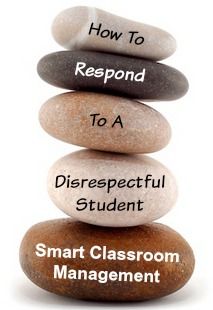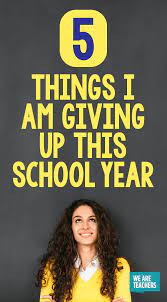Introduction:
Personalized children’s books offer a unique way of sparking a young reader’s imagination. By incorporating their name and other personal details into the story, these books create an immersive experience that fosters a love of reading from an early age. Here are our picks for the top 15 personalized children’s books for ages 0 to 10.
1. Lost My Name – In this whimsical adventure, your child’s name is seamlessly woven into the story as they search for the lost letters that make up their name.
2. The Birthday Thief – This magical tale transports your young reader into a world where they must save their own birthday by solving riddles and meeting fascinating characters.
3. My Very Own Fairy Tale – In this enchanting story, your child is crowned the ruler of a magical kingdom filled with fairies and other delightful creatures.
4. The Incredible Intergalactic Journey Home – This space-themed book takes your little astronaut on an unforgettable journey through the universe, while teaching them fascinating facts about space.
5. ABCs with Me! – Perfect for preschoolers, this educational book takes your child through each letter of the alphabet with rhymes and engaging illustrations.
6. My Nighttime Routine – This bedtime story helps little ones establish their nighttime routine while enjoying a cozy adventure with adorable animal friends.
7. The Superhero Adventure Book – Watch as your child becomes a superhero and saves the day in this action-packed personalized story filled with fun illustrations.
8. Around the World in 80 Pages – In this educational adventure, your child travels around the globe and learns about different cultures and landmarks along the way.
9. All About Me! – Teach your little one the importance of self-esteem through stories about adventures they embark on alongside lovable animal friends.
10. The Little Unicorn That Could – In this beautifully-illustrated tale, your child discovers the power of perseverance and friendship as they journey with a determined little unicorn.
11. My Farm Friends – Perfect for young animal lovers, this personalized book brings your child up close and personal to the world of farm life.
12. My Day at the Zoo – This fun-filled adventure takes your child on an entertaining trip to the zoo, where they encounter different animals and learn fascinating facts about each one.
13. The Magical Doorway – Your child steps through a magical door that transports them to various enchanted realms filled with exciting challenges and mystical creatures.
14. My Golden Ticket – This adaptation of Roald Dahl’s classic will take your little reader on a thrilling journey through Willy Wonka’s chocolate factory alongside beloved characters from the book.
15. The Princess Ballerina – In this delightful dance-themed story, your child is the star ballerina in a prestigious ballet academy, where they overcome challenges in their pursuit of their dreams.
Conclusion:
These top 15 personalized children’s books are not only engaging reads for young kids but also help foster a genuine love for reading. By placing the child at the center of their own unique story, they become active participants rather than passive readers, shaping their educational journey in a way that sparks curiosity and wonder.











